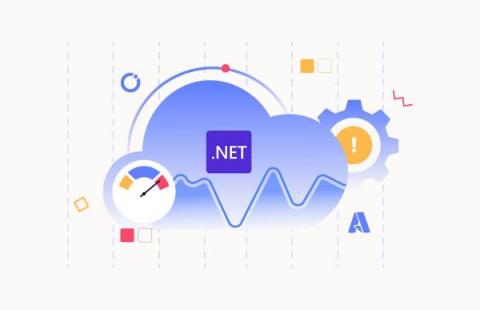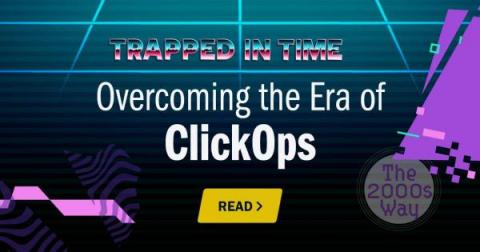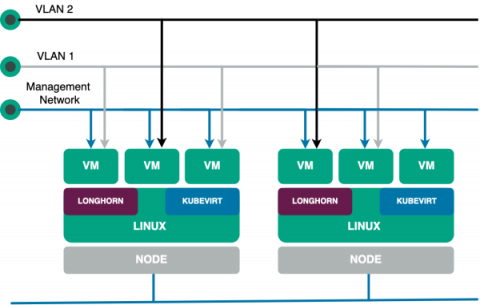Operations | Monitoring | ITSM | DevOps | Cloud
Latest News
Collect and Manage your Binary Metadata using Build-Info
Managing a paradigm shift: Transitioning to remote support
When a business considers switching to a new MDM for their remote support, they primarily evaluate potential solutions from a technological perspective. The organization’s IT team will compare the MDM’s features vis-a-vis others in the industry, weigh over its specs, and determine how an implementation would work for their business. While this comprehensive technology review is important, the problem is that most businesses stop there.
3 examples of DevOps automation
Automating processes and the tools that enable them is vital for empowering highly productive teams. The right automation tools and workflows help DevOps and SRE teams minimize repetitive tasks, improve monitoring capabilities, enable continuous integration/continuous deployment (CI/CD), and work with massive volumes of data.
GitKraken Client 9.1: When Our Users Speak, We Listen
In our 2022 year in review, we recapped the six highly-requested features that were implemented over the course of the year. We also acknowledged the five highly-requested features that “got away” – meaning we hadn’t gotten to them… yet! Well, GitKraken Client 9.1 is here, we’re happy to share that two of those enhancements are now accounted for, along with other user-requested features and improvements that represent input from over 1,000 users.
Running API and Browser Checks Using Terraform, AWS, and Checkly Private Locations
When adding new Checks in Checkly a number of locations are available to check your endpoints from multiple locations around the world. For most use cases this is more than enough to ensure your resources are online. However, these locations are outside of your network and are unable to check on resources deployed more securely inside your private network.
Exploring the Software Behind Facebook, the World's Largest Social Media Site
What You Don't Know About Azure Synapse
Getting Out of the 2000s Era of ClickOps
In a world where everyone across the enterprise requires the network, the Infrastructure & Operations (I&O) team has a lot on their plate. Business units, departments, and even individual employees often need to spin up new network resources in order to do their work, take advantage of new business opportunities, and focus on innovation. As the gatekeepers of the network, it’s up to the I&O team to facilitate these connections.
Using Hyperconverged Infrastructure for Kubernetes
Companies face multiple challenges when migrating their applications and services to the cloud, and one of them is infrastructure management. The ideal scenario would be that all workloads could be containerized. In that case, the organization could use a Kubernetes-based service, like Amazon Web Services (AWS), Google Cloud or Azure, to deploy and manage applications, services and storage in a cloud native environment. Unfortunately, this scenario isn’t always possible.











